Financing a Kitchen Remodel: How It Works?
A loan that is used for a kitchen makeover is a kitchen remodel loan. This kind of loan is taken out fully at once, on average it is a $10K loan, and you then pay it back in monthly payments together with interest. Loan sizes range from $1,000 to $100,000, with two to seven years commonly assigned to repayment. Rates range between 6% to 36%.
These loans don't require collateral; therefore, your credit score and income are used to determine your eligibility and the loan's annual percentage rate.
Ad
How to Afford a Kitchen Remodel?
The easiest way to set a budget for a kitchen renovation is to determine how much you can comfortably pay back and base your remodeling strategy on that amount.
Before submitting an application for financing for a kitchen renovation, consider the following questions:
- How much can I afford to spend from my savings?
- What kind of loan payment schedule can I afford?
- How long do I want to take to pay off the remodeling of my kitchen? Do you choose a lengthy or short repayment term?
- Will my home's value rise as a result of these improvements?
Make sure your budget includes an additional 20% to account for overages. This indicates that if you were planning to spend $1,000, you should actually budget $1,200. Things could go wrong on any remodeling project. By planning ahead, you can avoid having to reach into your pockets for additional funds to cover such expenses.
How to Get a Loan for a Kitchen Renovation?
- Obtain a price quote. Get a few quotes and decide on a budget first because how you pay for the kitchen remodel may depend on how much you intend to spend.
- Pre-qualify. Once you have an estimate, pre-qualify to find out how much and at what interest rate you might be eligible for a loan. You can pre-qualify with several lenders to compare offers because this process has no impact on your credit score.
- A lender comparison. Compare loan features like funding speed, repayment alternatives, and credit-building support to decide between two identical offers if there is a tie.
- Send in your application. To speed up the loan application process, gather supporting documentation like W-2s, paystubs, and bank records before you apply. When you apply, a lender will run a rigorous credit check, which will temporarily lower your credit score. After applying, anticipate hearing back within a day or two.
Home Remodeling Financing Options
- Personal Loans
A quick and simple option to obtain a home improvement loan is through a personal loan. Personal loans are available with loan amounts ranging from $1,000 to $50,000 or more. Many lenders provide a long period of time for loan repayment. Additionally, you can apply from the convenience of your home for some of the best renovation loans.
Your choice of financing will partly rely on how extensively you plan to renovate your kitchen. For instance, your best option might be credit cards if all you're doing is painting, adding a new backsplash, and changing the hardware on your cabinets and drawers. You might consider another financing option such as guaranteed bad credit installment loans if you're completely gutting the space and starting again.
- Credit cards
You might want to use credit cards to finance your kitchen remodel if it will be a smaller project and you have the ability to pay the money back right away. If you can pay off the card before the higher interest rate begins (you'll typically have a little over a year to pay off the card), a credit card with a 0% introductory rate is a terrific method to borrow money without paying interest. If you want to go this way, prepare to pay more than just the card's minimum monthly payment.
- Home Equity Loan
With a home equity loan, you pledge your home as security. A large sum of money will be provided for your home repair project, and you will then make monthly loan repayments.
- Federal initiatives
Government loans are a final option for funding home improvements. The United States Department of Housing and Urban Development (HUD) provides the Section 203(k) program. It enables you to refinance your current mortgage or get a new one while adding the cost of home improvements to the loan. The funds can only be used for certain purposes; however, they are typically utilized for things like kitchen and bathroom upgrades.
Why Choose Bad Credit Personal Loans for Kitchen Financing?
- Accessibility: Bad credit personal loans are perfect for individuals with poor credit scores. Traditional lenders may be hesitant to provide loans to borrowers with bad credit, making it difficult for them to secure financing. Bad credit personal loans offer more accessibility, allowing individuals with bad credit to obtain funds for their kitchen remodel.
- Flexibility: Bad credit personal loans generally have more flexible eligibility criteria and fewer restrictions compared to other types of loans. This means that individuals with bad credit have a higher chance of approval, even with a history of financial difficulties.
- Financial Freedom: By choosing a bad credit personal loan, you gain the financial freedom to remodel your kitchen according to your needs and preferences. These loans typically do not require collateral, so you can use the funds for various aspects of the remodel, such as purchasing new appliances, installing cabinets, or upgrading countertops.
- Potential Credit Improvement: If you consistently make timely payments on your bad credit personal loan, it can positively impact your credit score over time. By responsibly managing your loan and meeting your repayment obligations, you demonstrate your ability to handle credit responsibly, which can help improve your creditworthiness in the long run.
- Quick Funding: Bad credit personal loans often have a streamlined application and approval process, allowing for faster access to funds. This can be beneficial when you need immediate financing for your kitchen remodel.
Ad
Strategies for Financing Kitchen Renovation
- Prepare more money than you anticipate. A decent rule of thumb to follow when creating a budget for a kitchen makeover is to set aside 17% to 20% of your home's market selling value. For instance, you might allocate $50,000 to $60,000 for a makeover on a $30,000 property.
- Include the value of your house. Your objective should be to limit spending and maximize your return, particularly if you're fixing up to sell. You may determine whether your planned improvements will raise the value of the home with the aid of an expert real estate agent.
- Make updates a priority. If your objective is to knock down a wall and create more space, you might not want to spend your budget on brand-new, top-of-the-line appliances, which can be the most expensive aspect of a remodel. create table based on this info.
Summary
It's fantastic to take the time to design your ideal kitchen! However, there are a few things to take into account before using your new stove. Spend some time learning how to balance any up-front expenses that a kitchen redesign can entail.
You can assure that you will love your kitchen makeover in the future and that it will be built at an affordable price by first understanding your home finance alternatives and any loan restrictions.


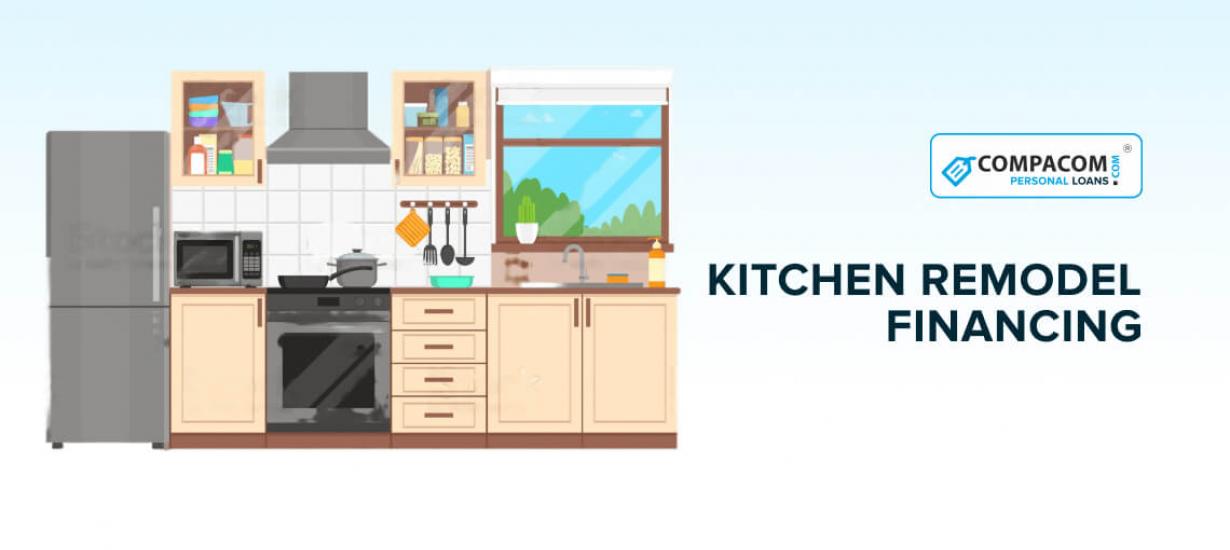
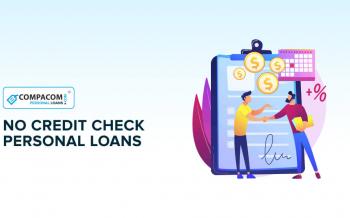

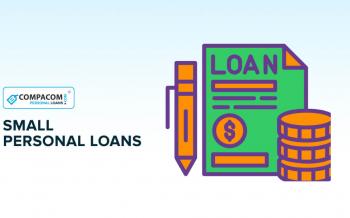
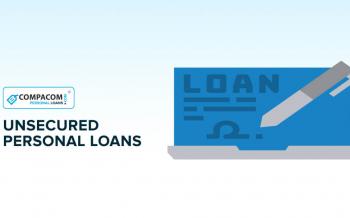
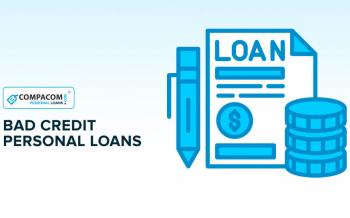
You are about to post a question on compacom.com:
Any comments or reviews made on this website are only individual opinions of the readers and followers of the website. The website and its authors team are not responsible, nor will be held liable, for anything anyone says or writes in the comments. Further, the author is not liable for its’ readers’ statements nor the laws which they may break in the USA or their state through their comments’ content, implication, and intent.